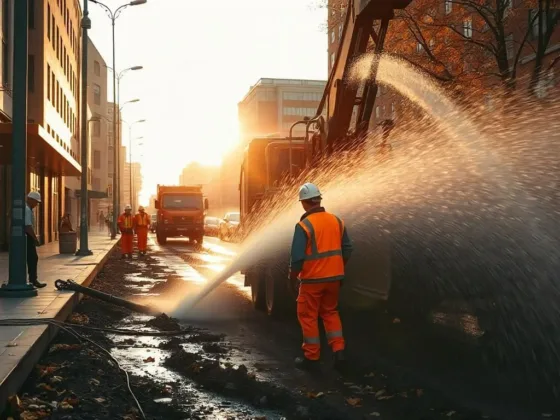Table of Contents Show
The answer to this question would be a “Yes”. Concrete cutting and grinding are dusty jobs involving powerful tools.
As such, concrete workers are regularly exposed to health hazards that include silica dust, toxic fumes, electrocution, extreme noise, and blade accidents.

Scientific advancements have made cutting concrete easier, but the risks still do exist for those who work without the required safety precautions.
Here we will discuss the common risks for concrete cutters while working on-site and some possible preventive measures against them.
You can learn more about professional solutions, tips, and processes of concrete cutting Sydney through some of the experts in this industry.
1. Electrocution
The presence of electrical and utility lines inside concrete is a common thing in buildings. So you always get a building drawing for reference while cutting concrete.
However, the pinpoint accuracy of such a drawing is debatable. During core drilling of concrete, the use of wet cutting is predominantly popular to avoid as much dust as possible.
You would not want the drill or saw to come in direct contact with live electrical or utility wiring in such cases.
That might lead to a fire outbreak or electrocution. As such, getting hold of an updated and accurate site drawing is essential.
Shutting down any source of power to the site is equally important to the possible extent too.
2. Toxic Fumes
Petrol-powered concrete cutters release poisonous exhaust gases. These fumes consist of carbon monoxide to a large extent, along with other harmful contents.
Concrete workers working at indoor sites or other areas with poor ventilation systems might get exposed to these hazardous fumes.
Ensuring sufficient ventilation at working sites can prevent this kind of harmful exposure for workers.
Additionally, if the need arises, you might as well think of using exhaust hoses for cutting saws that are available commercially.
Read Also:
- 8 Gorgeous Backyard Concrete Patio Ideas You Need to Try
- How Would You Repair Concrete Driveway on a Budget?
- Do Concrete Cutting Machinery Cut Through Concrete?
- Everything to Know About Diamond Concrete Cutting
- Top 6 Reasons to Choose Concrete Pavers for Home
- Concrete Cutting Patterns for Different Driveways
3. Noise
Cutting through set concrete creates a lot of high decibel noise at the site. Such a high level of noise is caused by the friction between the concrete surface and metal blades.
Prolonged exposure to this kind of noise can lead to hearing problems amongst concrete workers.
According to medical experts, this type of noise-induced hearing loss (NIHL) is preventable but once acquired, it stays permanent.
Thankfully, there are ways to minimize noise at concrete cutting sites. The use of noise-reduced blades and properly fitted machines to prevent rattling are good in reducing the noise levels.
But never the less, using suitable earmuffs and earplugs is necessary while working with concrete cutters. Also, replace these hearing protectors regularly to avoid ear infections.
4. Machine Accidents
Push-back accidents are commonly associated with concrete cutting tools and saws. Whenever a saw hits an obstruction while cutting, it exerts a potentially fatal force on the equipment.
In return, a push-back force is experienced by the saw handler which can lead to a drop in control.
The movement of a concrete block being cut can also cause pull-back accidents too. Sometimes, using blunt blades or inappropriate ones can vibrate and wobble during concrete cutting.
This happens due to the additional pressure exerted for cutting through. As a result, the blades might disintegrate and lead to serious accidents.
The right selection of tools and protective gear can avoid such mishappenings in most cases. Also, a worker’s alertness goes a long way in preventing machine-related accidents at sites.
5. Dust Infections
Severe lung infection is the single most hazardous thing to happen to most concrete workers. A large amount of dust is generated in concrete cutting sites.
Such a cloud of dust contains crystalline silica in large proportions. Unfortunately, regular exposure to silica dust is highly poisonous for the human lungs.
It causes an incurable and lethal infection by the name of silicosis. Dry cutting increases the chance of this exposure by almost 10 times over wet procedures.
Again, this risk increases to about 50 times for concrete grinding workers. However, precautions can minimize the risks from airborne silica to large extent.
Wet cutting or water spraying over the working area reduces silica dust from becoming airborne. Sufficient ventilation and exhaust systems can further control the dust around the concrete cutting.
But wearing respiratory protective equipment (RPE) should top the list for the prevention of silicosis.
These respirators can be either half-faced or full-faced depending on the worksite and exposure risks.
And most importantly, they need to be checked in advance for proper fit. All workers at the site should be trained on the dangers of dust and the proper use of their protective gear before they start the job.










